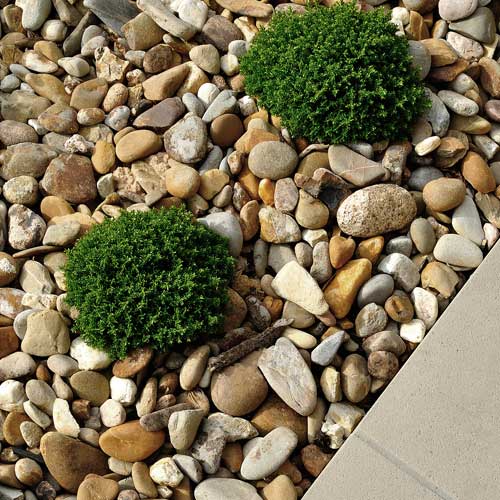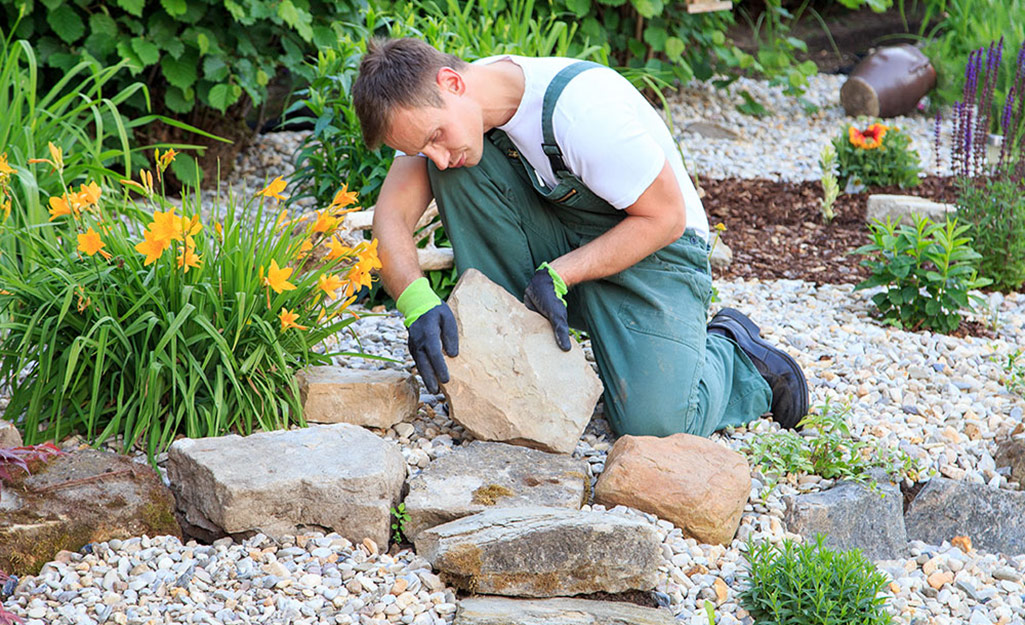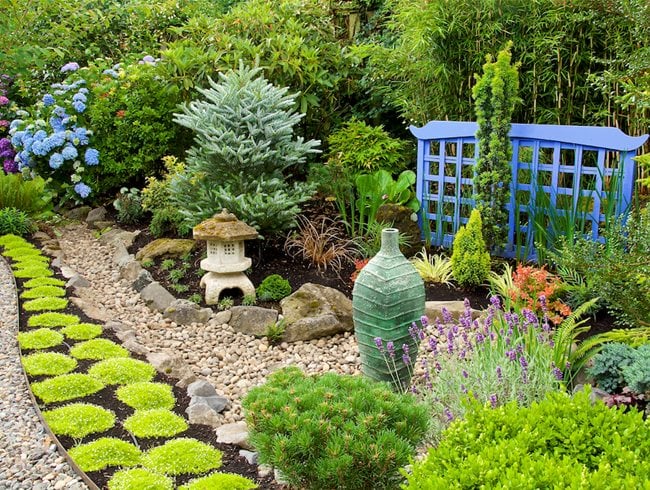Introduction to Decorative Garden Rocks
When it comes to enhancing your garden’s aesthetic appeal, you may think of flowers, shrubs, or even garden statues. However, decorative garden rocks are an often-overlooked element that can transform your outdoor space into a tranquil paradise. As someone who has spent years experimenting with different landscape designs, I can confidently say that the right choice of rocks adds not just beauty but also functionality to your garden. In this comprehensive guide, we will delve into the various types, uses, benefits, and installation techniques for decorative garden rocks.
Types of Decorative Garden Rocks
Various types of decorative garden rocks can suit different styles, tastes, and functions. Below, we’ll explore some of the most popular options.
1. River Rocks
River rocks are smooth and rounded, often found along riverbeds. They come in various colors and sizes, making them a versatile choice for any garden.
2. Lava Rocks
These porous stones are a product of volcanic activity and can add texture and drama to your garden. They are great for drainage and can help retain moisture in your soil.
3. Pebbles
Pebbles are smaller than river rocks, providing a finer look. They are often used in pathways, flower beds, or as mulch alternatives.

4. Boulders
For a more dramatic effect, larger boulders can be focal points in your garden. They can also serve functional purposes, such as retaining walls or seating areas.
5. Crushed Stone
Crushed rocks are available in various colors and sizes. They can be used for paths or as a base layer for other landscaping features.

Benefits of Using Decorative Garden Rocks
Integrating decorative garden rocks into your landscaping design offers numerous advantages:
- Aesthetic Appeal: They add natural beauty and enhance the visual interest of your garden.
- Drought Resistance: Rocks can help retain moisture in the soil, reducing the need for frequent watering.
- Weed Control: A layer of rocks can inhibit the growth of weeds, minimizing maintenance.
- Soil Stability: Boulders and larger rocks can help prevent soil erosion.
- Versatility: They can be used in various landscaping styles, from modern to rustic.
Creative Uses for Decorative Garden Rocks
Decorative garden rocks can be utilized in a variety of ways. Here are some creative ideas:

1. Pathways and Walkways
Using pebbles or flat stones can create beautiful paths that guide visitors through your garden.
2. Mulch Alternative
Crushed stone can serve as an eco-friendly mulch alternative, reducing the need for organic mulches that decompose over time.

3. Water Features
Incorporate rocks in water features like ponds or waterfalls to create a natural look.
4. Decorative Edging
Use river rocks or smaller pebbles to edge flower beds or pathways for a polished finish.

5. Centerpieces or Focal Points
Larger boulders can be strategically placed to draw attention and serve as striking focal points in your landscape design.
Installation Tips for Decorative Garden Rocks
Installing decorative garden rocks can be straightforward, but a few tips can help you achieve the best results:

1. Plan Your Design
Before purchasing rocks, sketch out your design. Consider the size, color, and placement of each element in your garden.
2. Prepare the Area
Clear the ground of weeds and debris. If you’re creating a path, consider laying down landscaping fabric to prevent weeds from breaking through.

3. Use a Natural Look
Try to arrange rocks in a natural-looking way, mimicking how they would appear in nature. Avoid uniform patterns unless that’s the intended style.
Comparison of Decorative Garden Rocks
| Type of Rock | Aesthetic Appeal | Maintenance | Cost |
|---|---|---|---|
| River Rocks | Smooth and appealing | Low | Moderate |
| Lava Rocks | Rugged and unique | Low | Moderate |
| Pebbles | Fine and delicate | Low | Low |
| Boulders | Striking and bold | Medium | High |
| Crushed Stone | Functional | Medium | Low |
Pros and Cons of Decorative Garden Rocks
Pros
- Durable and long-lasting
- Available in various colors and sizes
- Enhances property value
- Environmentally friendly landscaping option
Cons
- Can be heavy and cumbersome to move
- Potential for weeds to grow between stones
- Some types are more expensive than others
- Rocks can heat up in direct sunlight, affecting nearby plants
Frequently Asked Questions (FAQs)
1. Can decorative garden rocks be used for drainage?
Yes, using lava rocks or gravel can improve drainage in your garden beds, preventing water from pooling around plant roots.
2. How do I choose the right type of decorative garden rocks?
Consider your garden’s style, the purpose of the rocks, and your budget. It’s often best to choose rocks that complement your home and existing landscaping.
3. Are decorative garden rocks expensive?
The cost can vary widely depending on the type and size of the rocks. For instance, crushed stone is typically less expensive than boulders.
4. How do I maintain decorative garden rocks?
Regularly remove any debris, leaves, or weeds that accumulate among the rocks. This will keep your garden looking clean and well-maintained.
5. Can I use decorative garden rocks indoors?
Yes! Decorative rocks can be used in indoor plant displays, terrariums, or as part of a decorative arrangement.
Conclusion: Elevate Your Garden with Decorative Rocks
Decorative garden rocks are a fantastic way to enhance the visual appeal and functionality of your outdoor space. Whether you’re looking to create a serene pathway or add unique focal points, these natural elements can help you achieve your landscaping goals. With proper planning and installation, you can enjoy the benefits of decorative garden rocks for years to come. I encourage you to explore the various types available and find the perfect fit for your garden. Happy gardening!